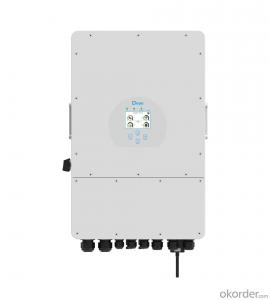Mp Solar Inverter
Mp Solar Inverter Related Searches
Mpp Solar Power Inverter Mpp Solar Inverter Mppt Solar Pump Inverter Mpp Solar Charger Inverter Bp Solar Inverter Mppt Solar Power Inverter Mppt Solar Inverter Mpp Solar Hybrid Inverter Mpp Solar Inverter Price Mpp Solar Inverter Charger Mpp Solar Inverter 12v Pwm Solar Inverter Mtn Solar Inverter Mppt Inverter Solar Power Solar Inverter Aps Solar Micro Inverter Mpp Solar Inverter 48v Microtek Mppt Solar Inverter Apollo Mppt Solar Inverter Mppt Inverter For Solar System Mpp Solar 48v Inverter Solar Pump Inverter Mac Solar Inverter Best Mppt Solar Inverter Mppt Solar Inverter Price Sps Solar Inverter Micro Solar Inverter Inverter Solar Pump Mobile Solar Inverter 12v Mppt Solar InverterMp Solar Inverter Supplier & Manufacturer from China
Mp Solar Inverter is a type of solar power inverter that plays a crucial role in converting the direct current (DC) generated by solar panels into alternating current (AC), which can be used by various electrical appliances and devices. This efficient conversion process ensures that the solar energy harnessed from the sun is effectively utilized, making Mp Solar Inverter an essential component in solar power systems.The application and usage scenarios of Mp Solar Inverter are vast, as they are widely used in residential, commercial, and industrial settings. They are particularly beneficial in areas with limited access to traditional electricity sources, as they provide a reliable and sustainable alternative. Mp Solar Inverters are also used in off-grid systems, where they help store excess solar energy in batteries for later use, ensuring a continuous power supply even during periods of low sunlight or at night.
As a wholesale supplier, Okorder.com offers a large inventory of Mp Solar Inverter products, catering to the diverse needs of customers worldwide. With a commitment to quality and customer satisfaction, Okorder.com ensures that the Mp Solar Inverters they provide are of the highest standards, meeting the requirements of various solar power systems. This extensive selection and reliable supply make Okorder.com a trusted source for those seeking to invest in sustainable energy solutions.
Hot Products













































